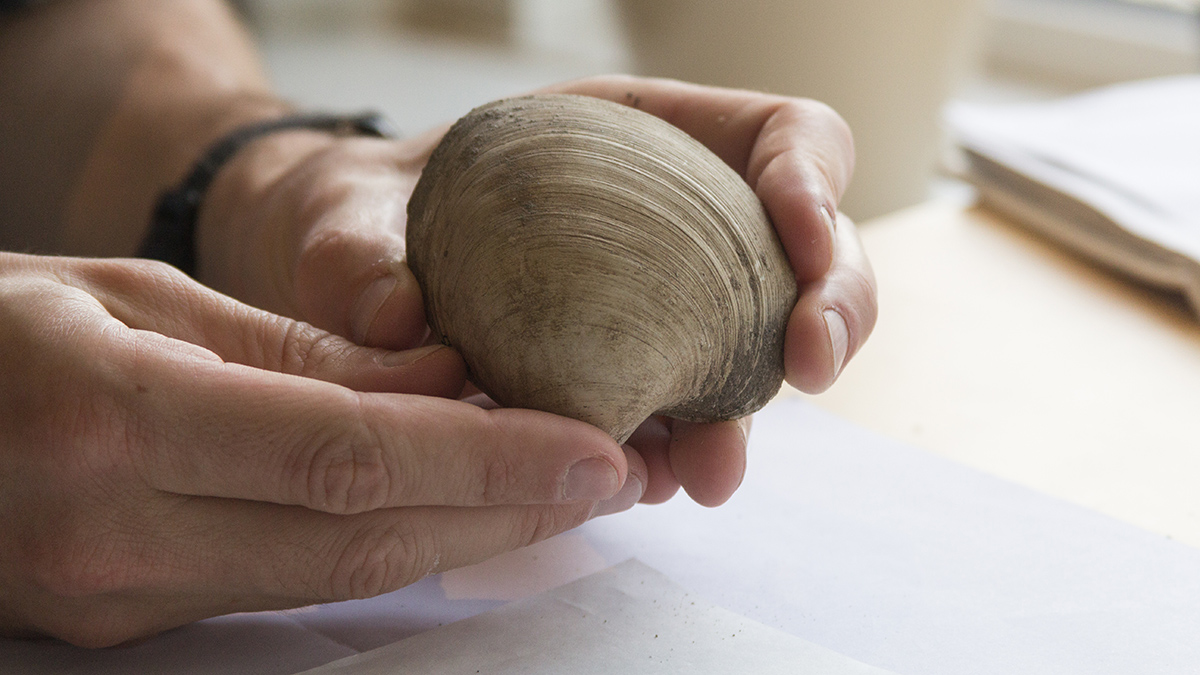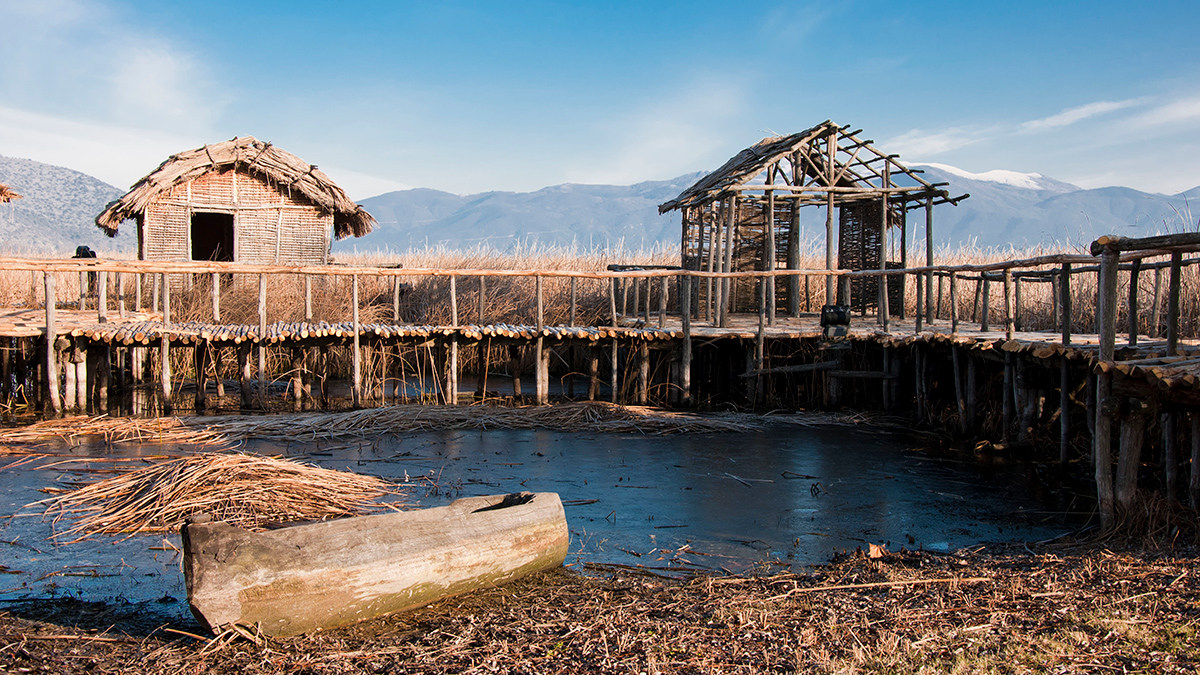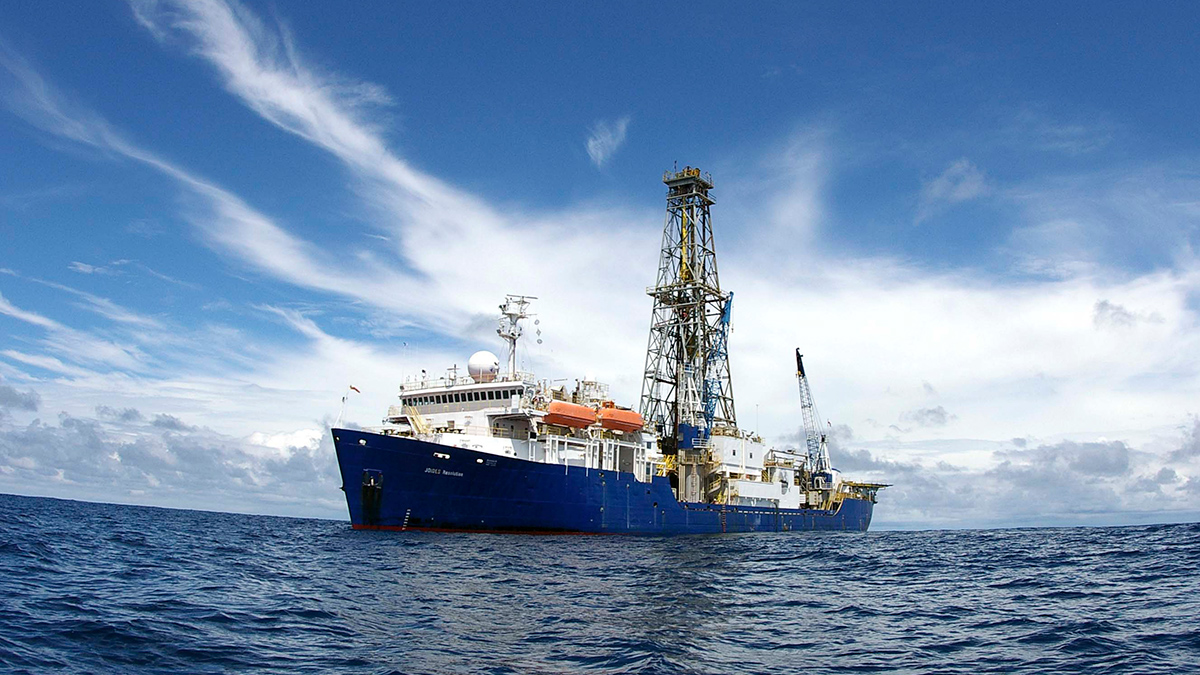Geochemical sleuthing amid acid mine runoff suggests that scientists should rethink an isotope signal long taken to indicate low levels of atmospheric oxygen in Earth’s deep past.
paleoclimatology & paleoceanography
Fossilized Shells Reveal the Seasonality of a Warmer Climate
Summers could warm faster than winters in northern Europe, paleoclimate research suggests.
Alexander Farnsworth: Finding Fact in Climate Fiction
A paleoclimatologist uses his modeling skills for both science and sci-fi.
Cosmic Rays Shed Light on Stone Age Timelines
Signatures of a long-ago solar storm, recorded in tree rings, helped researchers date a 7,400-year-old settlement in northern Greece.
Sedimentary Basins Tell Zealandia’s Ancient Story
New interpretations and mapping of all New Zealand’s offshore sedimentary basins offer clues about the evolution of Earth’s eighth continent.
The JOIDES Resolution Embarks on Its Final Expedition
On the ship’s last cruise, scientists will collect data to help predict future effects of climate change.
Drilling into Antarctica’s Past
The West Antarctic Ice Sheet melted rapidly around 8,000 years ago. Could that event foretell the future?
Mars as a Driver of Deep-Sea Erosion
An analysis of breaks in deep-sea sediment links the geological record to a 2.4-million-year cycle that heats Earth and ventilates our oceans.
Passing Stars Shorten Earth’s Time Horizon
Stars in the solar neighborhood could jostle planetary orbits, making it harder to turn back the clock and examine Earth’s orbital or climate history.
Giant Impacts Might Have Triggered Snowball Earth Events
Running into the right space rock at the right time may have been enough to tip Earth into a runaway cold spell.










